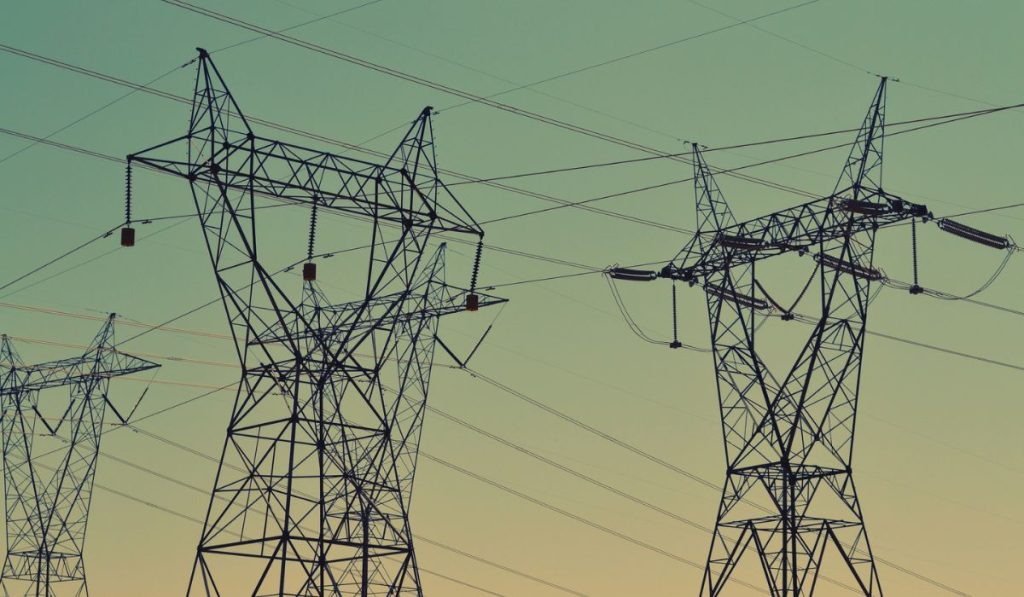The global push toward net-zero emissions is reshaping how people think about energy. Utilities are under pressure to decarbonize, businesses want improved efficiency and consumers demand cleaner, smarter solutions. One model that’s rapidly gaining traction — energy as a service — may be the secret to transforming the power grid.
What Is Energy as a Service?
EaaS is a model where customers pay for energy outcomes like lighting, heating, cooling or backup power without owning the infrastructure. Instead of purchasing solar panels or managing complex energy systems, users partner with an EaaS provider who installs, operates and maintains the equipment.
This model shifts energy from a one-time capital investment to an ongoing service, often structured through subscription or performance-based agreements. The provider takes on the technical and financial responsibility. Customers benefit from predictable costs, higher efficiency and access to advanced technology.
Why This Matters for the Grid
The traditional grid allows for centralized generation and one-directional energy flow. But today’s demands are different. Renewable energy, distributed energy resources and digital technology have transformed how people generate and consume power.
EaaS supports this transformation by removing financial and technical barriers. It enables faster adoption of clean energy solutions like solar panels, battery storage and EV charging stations without the need for large upfront investments or internal expertise. Consumers are becoming more climate-conscious and eager to adopt cleaner energy options. For example, EVs have seen a sharp rise in popularity, with the government aiming for them to account for 50% of vehicle sales by 2030.
This systemic shift enables more responsible load management, improved grid stability and increased energy resilience.
Environmental and Economic Benefits
From a sustainability perspective, EaaS can drive measurable progress. Providers optimize energy systems to minimize waste, reduce carbon emissions and adapt to usage patterns in real time. Depending on the energy mix you use, EaaS can help your organization meet emissions standards and achieve sustainability goals. Advanced monitoring tools and AI-driven controls make this highly effective.
Economically, EaaS allows businesses and municipalities to decouple sustainability goals from capital constraints. Instead of waiting years to fund energy upgrades, organizations can immediately deploy modern solutions and start saving right away.
How EaaS Supports the Broader Energy Transition
We need clean energy systems to decarbonize at scale. EaaS supports the transition in several ways.
- Faster deployment: Providers can act more quickly than utilities bound by long approval times.
- Technology innovation: EaaS companies have incentives to adopt cutting-edge tools like AI-driven energy management or blockchain-based energy trading.
- Scalability: Entire real estate portfolios, cities or campuses can deploy EaaS.
- Affordability: EaaS democratizes access to sustainability by removing capital cost barriers.
What About Businesses?
EaaS is a savvy business strategy. As energy prices fluctuate and climate-related regulations tighten, organizations are under pressure to improve efficiency and reduce carbon footprints — all while keeping operational costs predictable. EaaS allows them to do that, often with no upfront capital expenditure.
Instead of investing in solar panels or HVAC upgrades, companies partner with providers who handle the installation, maintenance and performance optimization. This arrangement transforms energy from a volatile cost center into a managed, service-based expense, enabling more accurate budgeting and better risk management.
From a provider’s perspective, EaaS creates a long-term revenue stream tied to performance rather than equipment sales. That totally changes the dynamic. Success depends on delivering energy savings and operational uptime over a contract’s life. As a result, there’s an established incentive to deploy best-in-class technologies and ensure systems are of the highest standards.
Challenges and Considerations
Despite its advantages, EaaS still brings complexities. Regulatory frameworks are still catching up, long-term contracts require careful negotiation and integrating EaaS into existing utility systems demands collaboration and technical coordination.
There are also trust factors at play. Customers need confidence that their providers will deliver consistent performance and maintain infrastructure, staying aligned with evolving energy needs.
The Future of Energy Is Service-Oriented
Energy as a service represents a mindset shift. It recognizes that most consumers want reliable, affordable and sustainable solutions without having to become industry experts.


